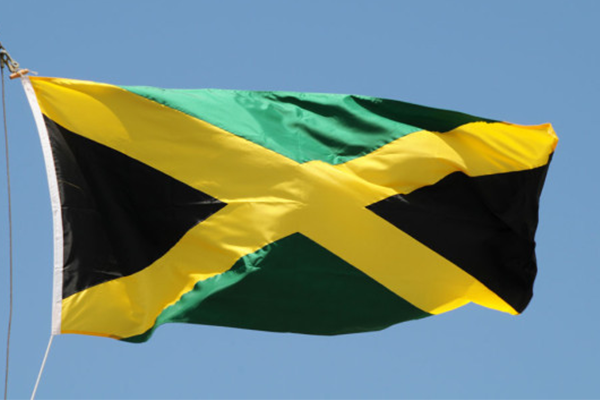National Flag
The Jamaica National Flag was first raised on Independence Day, August 6, 1962. It signifies the birth of our nation. The Flag brings to mind memories of past achievements and gives inspiration towards further success. It is flown on many triumphant occasions, showing the pride that Jamaicans have in their country and in the flag itself.
Design
A bipartisan committee of the Jamaica House of Representatives designed the Jamaican Flag which consists of a diagonal cross with four triangles placed side by side. The diagonal cross is gold; the top and bottom triangles are green; and the hoist and fly (side) triangles are black.
Symbolism
“The sun shineth, the land is green and the people are strong and creative” is the symbolism of the colours of the flag. Black depicts the strength and creativity of the people; Gold, the natural wealth and beauty of sunlight; and green, hope and agricultural resources.
Code for use of the Jamaican Flag
- The Jamaican flag should never be allowed to touch the ground or floor. It should not be flown or used only for decorative purposes on anything that is for temporary use and is likely to be discarded, except on state occasions.
- The flag should never be smaller than any other flag flown at the same time.
- When the flag becomes worn and must be replaced, it should be burnt privately and not used for any other purpose than that, for which it was designated.
- Do not place any other flag above or to the right of the Jamaican flag, except at foreign embassies, consulates and missions. (As seen from, say, a building looking outwards, i.e., the left when facing the building.)
- Do not raise any foreign flag publicly, unless the Jamaican flag is also flown, except at foreign embassies, consulates and missions.
- The flag shouldn’t be draped over vehicles, except on military, police and state occasions.
